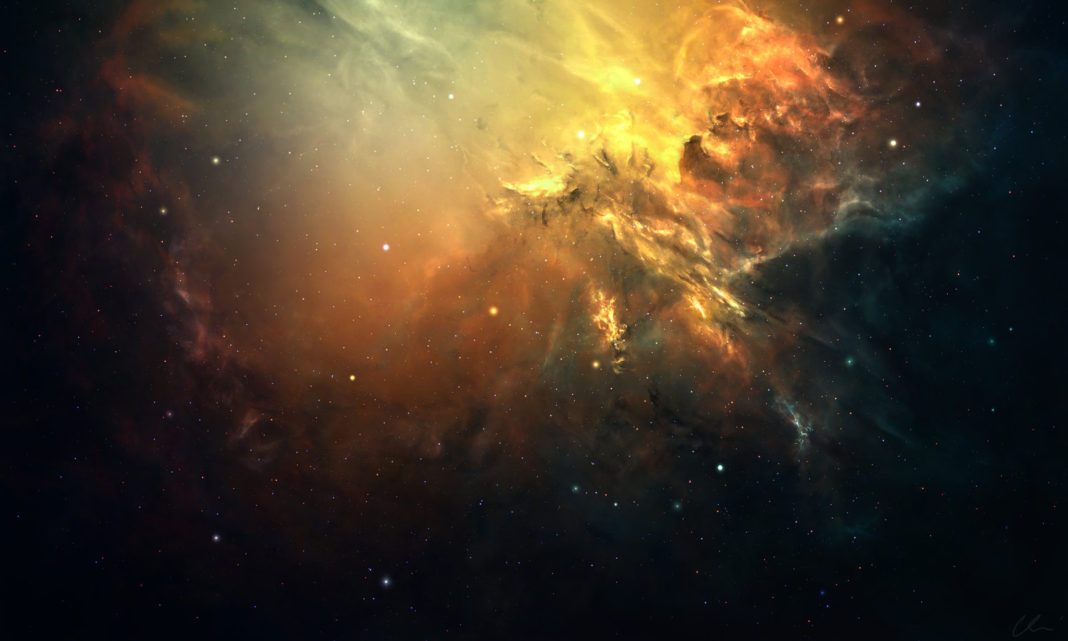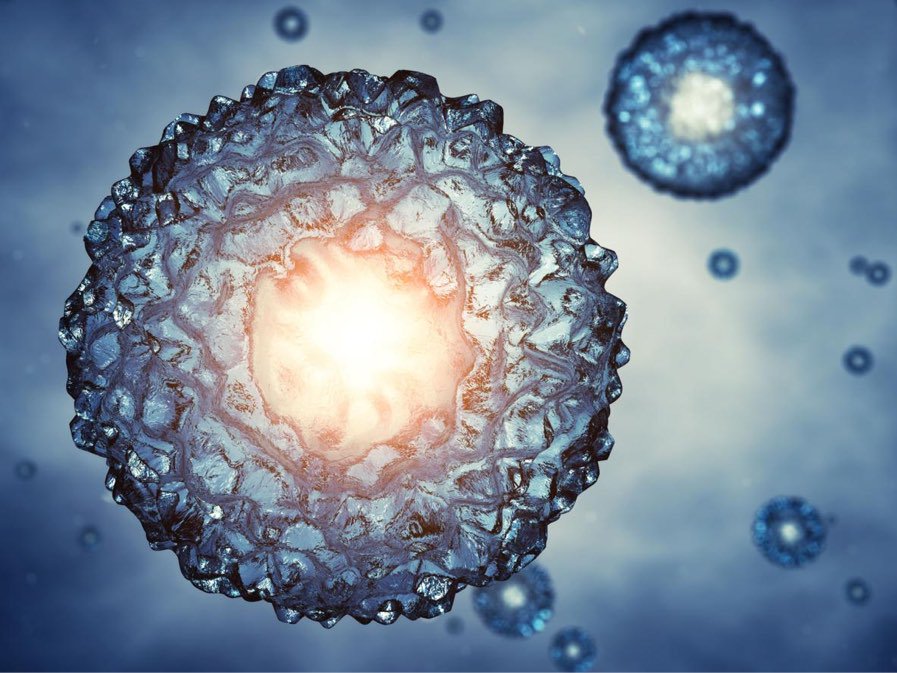New research carried out by astronomers has confirmed that, yes, humans are in fact made up largely of stardust. During their studies, the researchers surveyed 150,000 stars in order to test this theory out and what they discovered was truly astonishing. What the team found was that both humans and the galaxy are made up of the same type of elements and atoms.
According to Sten Hasselquist of New Mexico State University, and as stated in a Sloan Digital Sky Survey (SDSS), “For the first time, we can now study the distribution of elements across our galaxy. The elements we measure include the atoms that make up 97% of the mass of the human body.” Elements that are considered to be the building blocks of life here on Earth are carbon, hydrogen, nitrogen, oxygen, phosphorus and sulfur, or CHNOPS for short. Out of nearly two dozen elements, these are the only ones that researchers are interested in when analyzing the composition of stars, and it’s these elements that were recorded out of the 150,000 stars they surveyed.
In order to accurately calculate the presence of each element in the stars of the Milky Way, researchers used spectroscopy, and in doing so they discovered that a unique wavelength of light was emitted from every element within the star. Using the Apache Point Observatory Galactic Evolution Experiment (APOGEE) the researchers were able to study these wavelengths in much greater detail. A statement from an SDSS press release said, “This instrument collects light in the near-infrared part of the electromagnetic spectrum and disperses it, like a prism, to reveal signatures of different elements in the atmosphere of stars.” It went on to say, “A fraction of the almost 200,000 stars surveyed by APOGEE overlap with the sample of stars targeted by the NASA Kepler mission, which was designed to find potentially Earth-like planets.”
Although both humans and stars were found to have the same elements within them, their quantities were different. One such difference was that oxygen levels in humans are around 65% by mass, but less than 1% in a star. Science team chair of the SDSS-III APOGEE survey and professor at The Ohio State University, Jennifer Johnson, commented, “It’s a great human-interest story that we are now able to map the abundance of all of the major elements found in the human body across hundreds of thousands of stars in our Milky Way.” So, I guess we really are just a bunch of stardust!
More News To Read
- Cancer Can Now Be Detected With Thanks To A Simple Breath Test
- Major Questions We Still Have About the Universe Today
- Tesla Attempts to Go “All American” With the Model 3
- Thanks to Ford More Fabulous Electric Vehicles Will Soon Be Hitting The Road
- A Brand New Organ Has Just Been Discovered Within the Human Body











